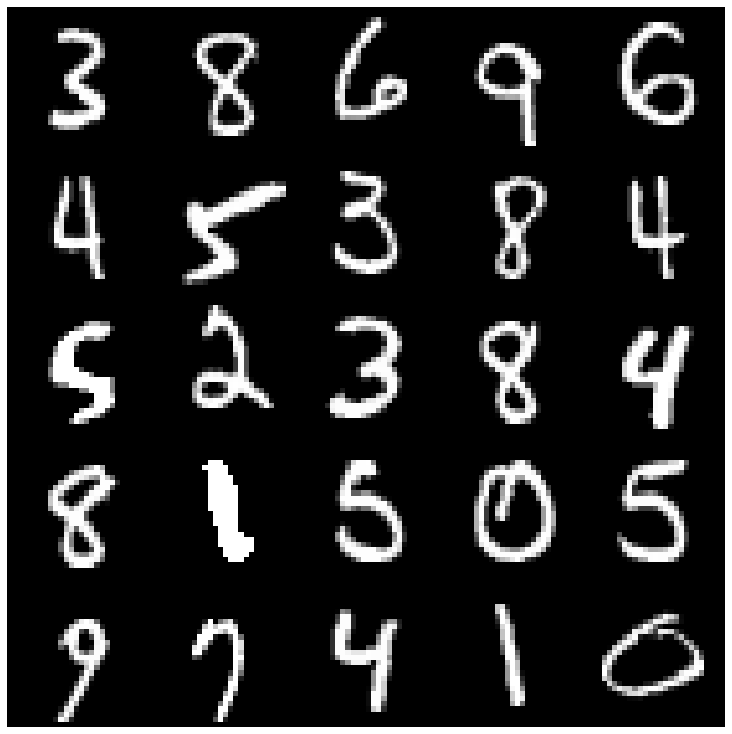Learning to Generate Images with Perceptual Similarity Metrics
Deep networks are increasingly being applied to problems involving image synthesis, e.g., generating images from textual descriptions and reconstructing an input image from a compact representation. Supervised training of image-synthesis networks typically uses a pixel-wise loss (PL) to indicate the mismatch between a generated image and its corresponding target image. We propose instead to use a loss function that is better calibrated to human perceptual judgments of image quality: the multiscale structural-similarity score (MS-SSIM). Because MS-SSIM is differentiable, it is easily incorporated into gradient-descent learning. We compare the consequences of using MS-SSIM versus PL loss on training deterministic and stochastic autoencoders. For three different architectures, we collected human judgments of the quality of image reconstructions. Observers reliably prefer images synthesized by MS-SSIM-optimized models over those synthesized by PL-optimized models, for two distinct PL measures ($\ell_1$ and $\ell_2$ distances). We also explore the effect of training objective on image encoding and analyze conditions under which perceptually-optimized representations yield better performance on image classification. Finally, we demonstrate the superiority of perceptually-optimized networks for super-resolution imaging. Just as computer vision has advanced through the use of convolutional architectures that mimic the structure of the mammalian visual system, we argue that significant additional advances can be made in modeling images through the use of training objectives that are well aligned to characteristics of human perception.
PDF Abstract





 BSD
BSD
 Set14
Set14
 Set5
Set5